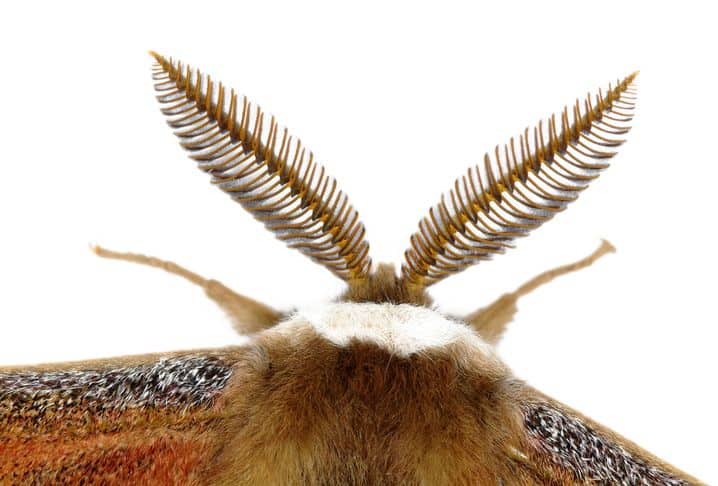Insect sex pheromones – the future in pest control?
Traditional chemical industry uses methods that often require hazardous chemicals and might have difficulties producing some types of complex chemical compounds, such as insect pheromones for trapping pests. In the cell factories of the future, these compounds could be synthesized with the help of insect enzymes produced in plants or yeasts.
Insects represent a substantial fraction of the world’s living organisms, with more than 1 million identified insect species. By studying insect genes and their products, scientists can learn how insects survive, reproduce and attack enemies, as well as uncover information about the diversity of insect colours, shapes and roles in nature. Knowledge gleaned from research on insects could be applied to a wide range of processes, including pest control and bio-production of chemicals ranging from cosmetics to industrial lubricants.
Scientists and naturalists had long sought to understand how insect species can attract their partners over distances of hundreds of meters or even kilometres, in complete darkness and without any audible signals. Finally, they discovered sex pheromones – chemical compounds that insects release to attract the opposite sex.

Sexual attraction has been particularly well-studied in moths, in which females of almost all species produce pheromones to attract males for mating. Since 1959, when the first sex pheromone was identified in the domestic silk moth, the sex pheromones of hundreds of moth species, as well as those of flies, bees, beetles and other insects, have been discovered. During the last 15 years, scientists have accumulated a wealth of knowledge about the insect biosynthetic enzymes involved in production of pheromone components.
In a new review article from the journal Zeitschrift für Naturforschung C, the authors Tupec, Bu?ek, Valterová and Pichová show that there are nearly 100 experimentally characterized insect enzymes involved in biosynthesis of fatty acids and related chemicals.
These unique enzymes have potential applications for bio-production of cosmetics, glues or compounds that improve the properties of plastics. The artificial biosynthesis of such chemicals by living organisms, such as yeasts or plants, represents an environmentally friendly alternative to standard chemical synthesis.
Additionally, insect enzymes could be used in production of artificial pheromones for management of the plentiful moth pest species. The biosynthesis of fatty acid derivatives by living organisms is still under development. However, increasing knowledge about insect enzymes, as well as progress in protein engineering and microorganism modification, will contribute to the development of cell factories that can be used in the future to produce a variety of complex chemicals.
Read the original article here: